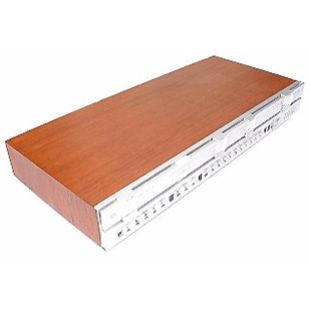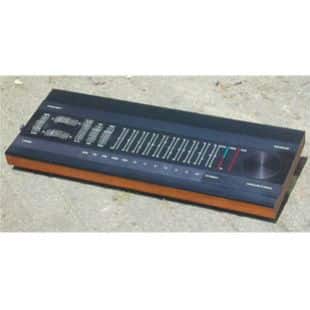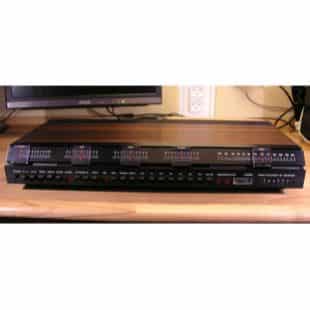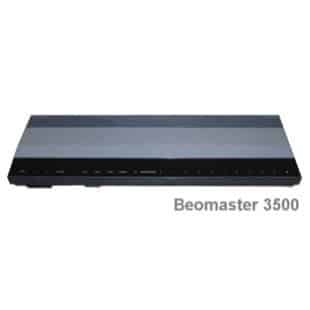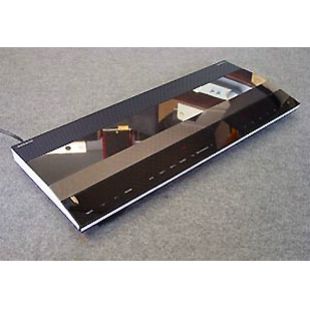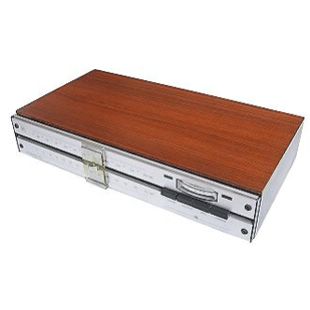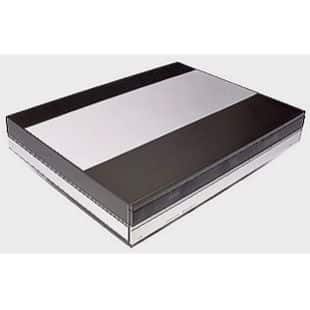BeoMaster 3000 (1985)

BeoMaster 3000 (1985)
The electronic volume control ensured a smooth transition to more, or less, sound, and the volume level could be preset. By activating ‘mute’ you could silence a function without turning it off. Another touch, and the function resumed where it left off.
Add a Beocord 2000, a Beogram 3000 and maybe a Beogram CDX and you had a stylish and high performance set up. This receiver could be seen as the natural descendant of the Beomaster 2400-2.
BeoMaster 3000 (1985) Product Details
Type Numbers
2932 (GB) (1985 - Jan 1987)
2931 (EUR) (1985 - March 1987)
2937 (AM/FM) (1985 - Jan 1987)
2935 (AUS) (1985 - Oct 1986)
2933 (US) (1985 - Jan 1987)
2939 (D) (1985 - Jan 1987)
Designer
Manufactured
1985 - 1987
Colour Options
Metal Grey
BeoMaster 3000 (1985) Product Specification
Power output RMS DIN/IEC: 2 x 30 W / 8 ohms
Harmonic distortion DIN/IEC: < 0.08 %
Power output 20 – 20,000 Hz IHF: 2 x 25 W / 8 ohms
Total harmonic distortion IHF: 1.6 dB / 8 ohms
Intermodulation IHF: < 0.1 %
Response frequency 20 – 20,000: Hz +/- 1.5 dB
FM range: 87.5 – 108 MHz
AM tuner:
LW range 2932 – 2935 – 2937: 150 – 350 kHz
MW range 2932 – 2935 – 2937: 520 – 1610 kHz
Power supply:
2932 – 2935: 240 V
2939: 220 V
2931 – 2939: 220 V
2933: 120 V
Power consumption:: 20 – 170 W
Dimensions: W x H x D: 62 x 7 x 25cm
Weight: 7 kg
RIAA amplifier: built-in
Connections: Phono DIN
Tape 1: DIN
Tape 2: Phono plugs
Speakers: 2 sets
Headphones: max 12 V / 220 ohms
Gold or Silver membership required to view documents
Available documents are listed, if none are listed then please reach out to see if we have them.
Type | Language | Type | Type | |
User Guide | EN | 2931, 2932, 2933, 2935, 2937, 2939 | BeoMaster 3000 Uer Guide | |
User Guide | EN | 2402 | BeoMaster 3000 Uer Guide | |
Service Manual | EN | 2931, 2932, 2933, 2935, 2937, 2939 | BeoMaster 3000 Service Manual | |
Service Manual | EN | 2402 | BeoMaster 3000 Service Manual | |
Circuit Diagram | EN | 2402 | BeoMaster 3000 Circuit Diagram |
BeoMaster 3000 (1985) FAQs
Please let us know








